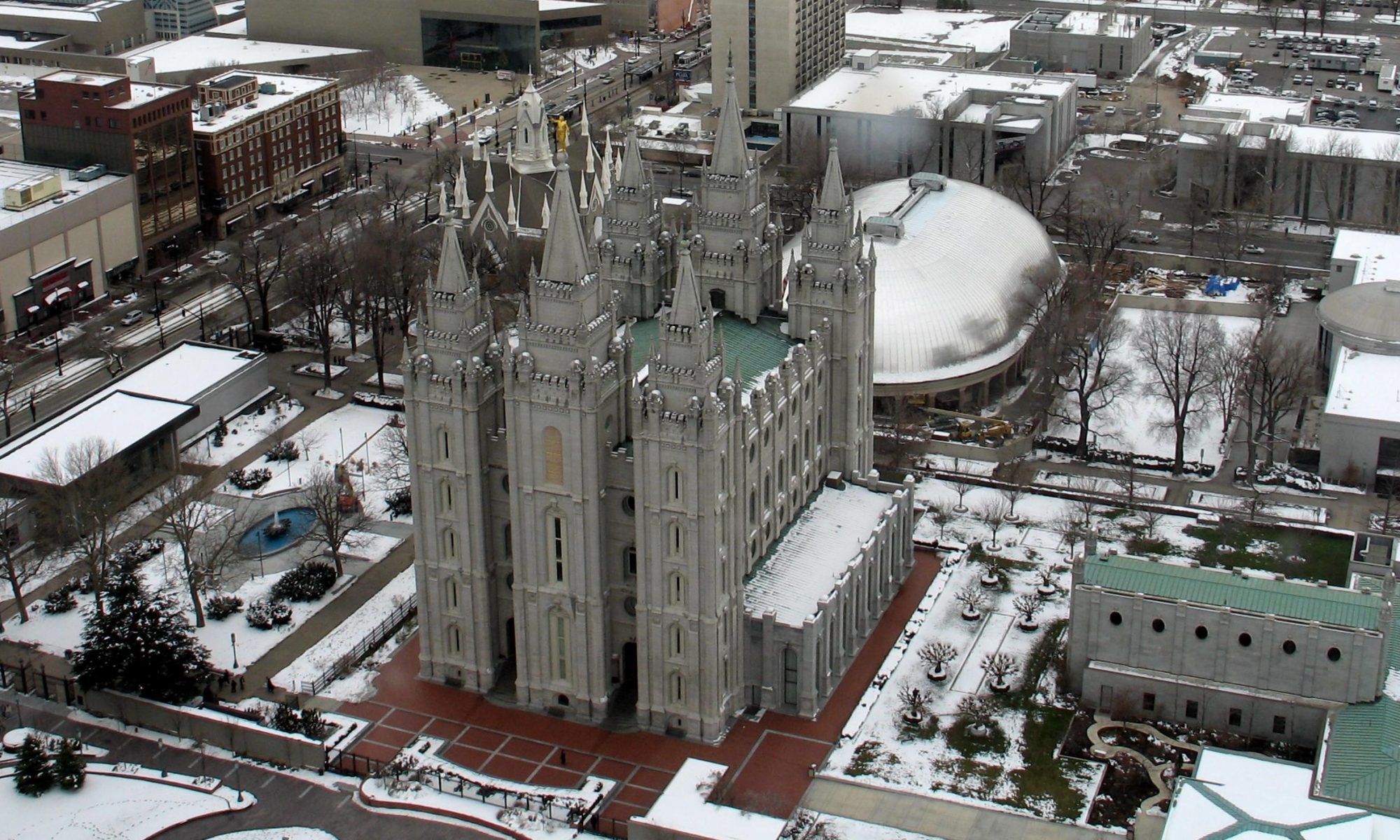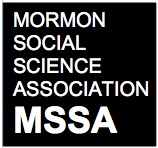Sponsored by:
Special Collections & Archives; Merrill-Cazier Library; The Leonard J. Arrington Lecture and Archives Foundation; College of Humanities and Social Sciences; and Utah State University
The lecture is free and open to the public. Call 435-797-2663 with questions.
Dr. Richard V. Francaviglia presents:
“’Like the Hajis of Meccah and Jerusalem’ — Orientalism and the Mormon Experience”
Throughout their history, the Latter-day Saints have been compared to peoples of the Middle East, a region that was also called the “Near East” and sometimes simply “the Orient” in the 1800s. Like many Americans in the early 1800s, the Mormons were well aware of — and fascinated by — the Orient. In the 1830s, Mormon prophet Joseph Smith purchased ancient Egyptian hieroglyphics and translated them into the Book of Abraham. Because Smith became a prophet in post-Biblical times, he was often compared to Islam’s prophet Mohammed. The Mormons’ belief that they were the true Israelites further linked their new American faith to the ancient Near East. So, too, did the Mormons’ interpretation of Native Americans as “Lamanites” (or Lost Tribes of Israel). The Mormon belief that repositioned important Biblical locations onto American soil (for example, the Garden of Eden) was also a factor. Within a few years of the Mormons’ 1847 arrival in the Valley of the Great Salt Lake, Utah was popularly considered the New Zion or New Jerusalem. As Mormon historian Leonard Arrington noted, Brigham Young was portrayed as the “American Moses” who had led the Mormon “Exodus” to this new Promised Land. Associating the Mormons with the Orient was controversial and lasted a long time. It provided ammunition to those who argued that Mormons were strange or even dangerous, and yet it also helped generate interest in the Mormon faith. The process was mutual, for the Mormons were not only given an Oriental identity by others, but willingly adopted it themselves. Using a wide range of sources, this presentation explores how and why the Latter-day Saints were “Orientalized” to become a distinctive and exotic people on the American frontier.
Dr. Francaviglia is a historian and geographer interested in how cultural attitudes shape the American West. Among his ten books are three — The Mormon Landscape (1979), Believing in Place (2003), and Go East, Young Man: Imagining the American West as the Orient (2011) — that address the important role played by religion. Although he is Professor Emeritus (University of Texas at Arlington), he now lives in Salem, Oregon, where he actively conducts research for his consulting company (Geo-Graphic Designs) and recently began teaching courses in Religious Studies at Willamette University. All college students are invited to participate in a writing competition in conjunction with this lecture. Cash awards will be given.
Location:
Thursday, September 15, 2011, at 7 pm
Logan LDS Institute Cultural Center
600 Darwin Avenue
Logan, Utah
Free parking tokens for the Aggie Terrace Parking Garage will be made available for those who attend.

